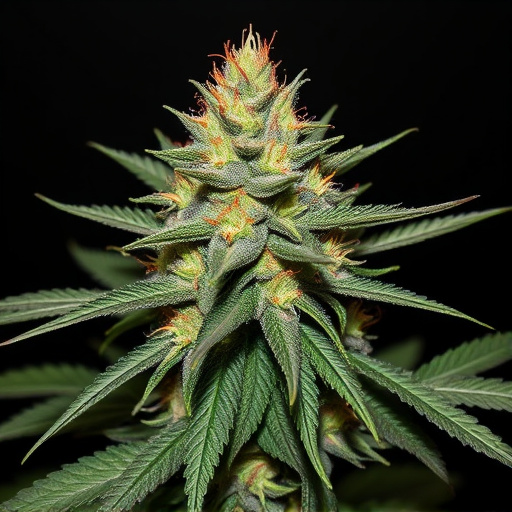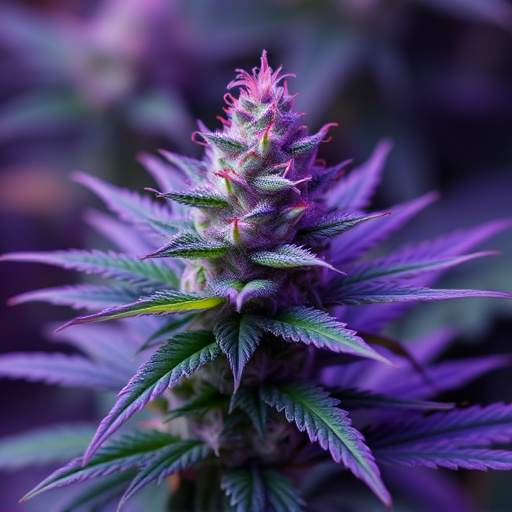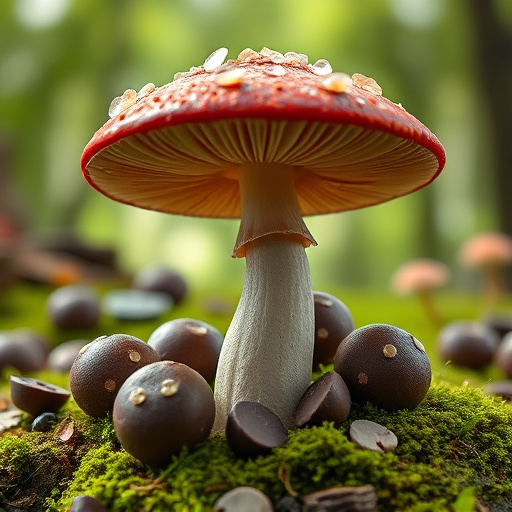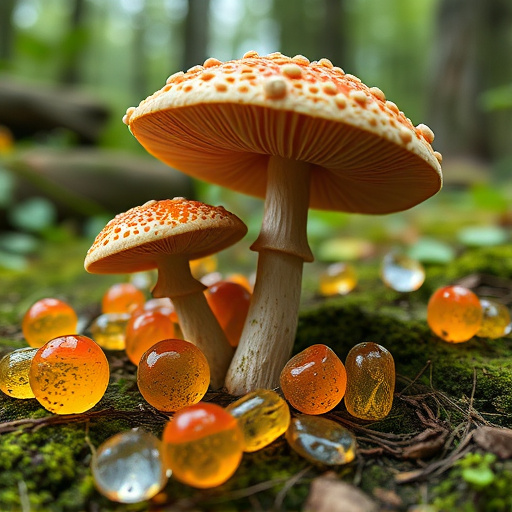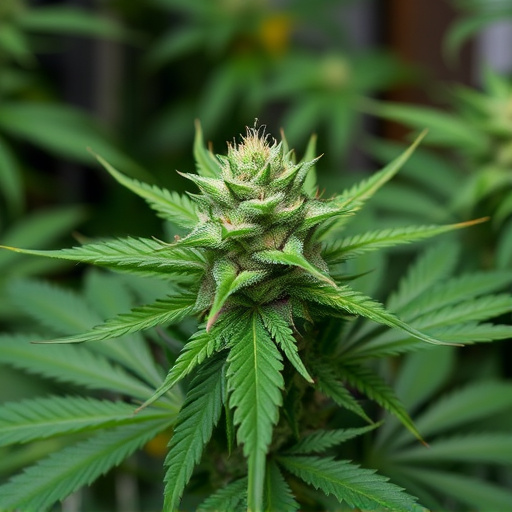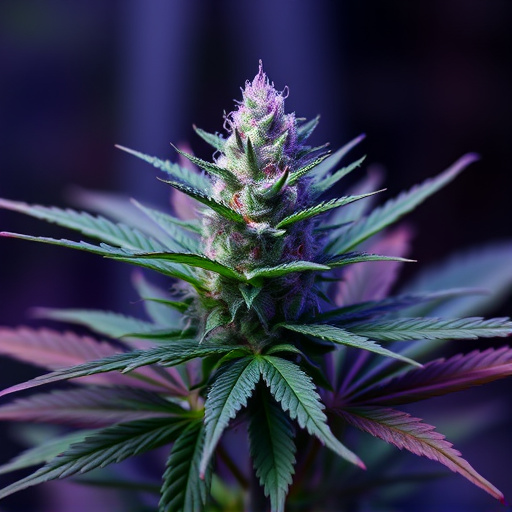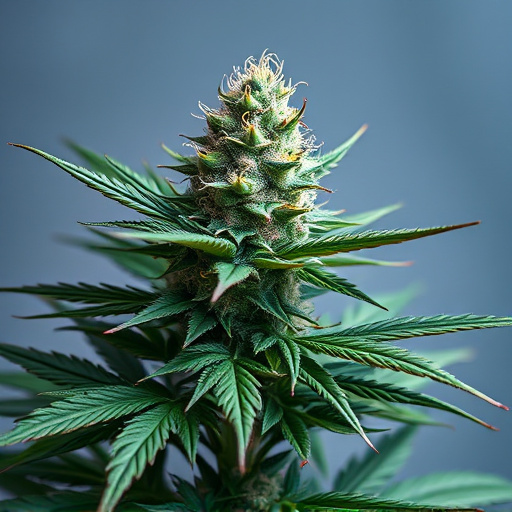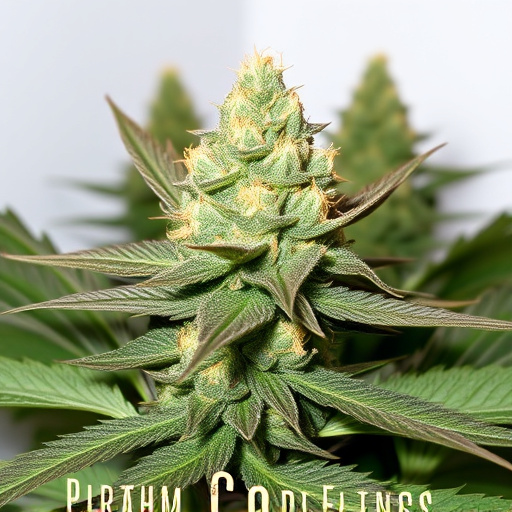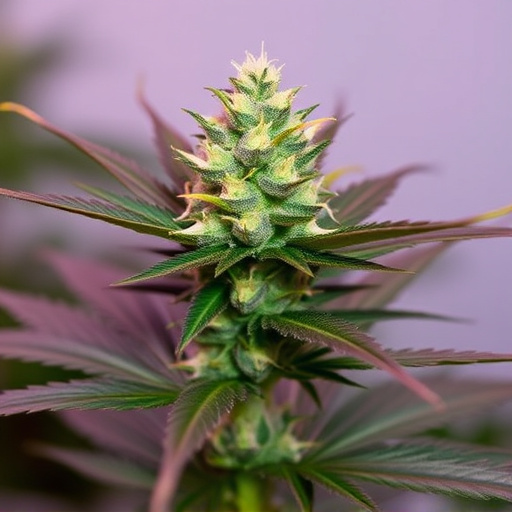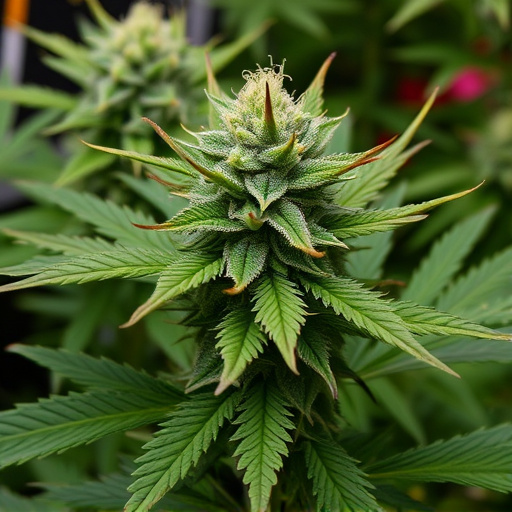Cannabis trichomes, microscopic glands on the plant, are vital in shaping the unique characteristics of each strain. They produce essential compounds like terpenes and cannabinoids, influencing aroma, flavor, and potency. By studying trichome structure, density, size, and shape, cultivators can develop new strains tailored to diverse consumer preferences and medical applications, offering an ever-expanding array of options on the cannabis market.
“Dive into the microscopic world of cannabis trichomes, the tiny guardians that play a crucial role in shaping the plants we know and love. Understanding these hair-like structures is key to unlocking the secrets behind potent new cannabis strains. From their intricate composition to their visual diversity across different varieties, trichomes are a marvel of nature. This article explores their importance, especially for cultivators breeding innovative new cannabis strains, offering insights into how they enhance flavor, aroma, and potential therapeutic benefits.”
- Understanding Trichomes: The Tiny Guardians of Cannabis Plants
- Unlocking the Secrets: Trichome Importance for New Cannabis Strains
- Visualizing Trichomes: How to Identify Them in Different Cannabis Varieties
Understanding Trichomes: The Tiny Guardians of Cannabis Plants

Trichomes, often described as tiny guardians, are a critical component of cannabis plants. These specialized glands produce and secrete various compounds, including terpenes and cannabinoids, that give each strain its unique aroma, flavor, and therapeutic properties. Understanding trichomes is essential in navigating the ever-evolving world of new cannabis strains, where breeders continually seek to enhance these attributes for diverse consumer preferences and medical applications.
With their microscopic structure, trichomes resemble tiny hair-like protrusions on the surface of cannabis leaves and flowers. They play a vital role in protecting the plant from environmental stressors and attracting beneficial insects. More significantly, they are responsible for the development of the plant’s most sought-after attributes. The density, size, and shape of trichomes directly influence the potency and profile of cannabis, making them a key focus for cultivators and researchers alike when developing new strains tailored to specific market needs and consumer experiences.
Unlocking the Secrets: Trichome Importance for New Cannabis Strains

Unlocking the Secrets: Trichome Importance for New Cannabis Strains
Cannabis trichomes, those tiny, sticky structures found on the plant’s flowers and leaves, are not just visual additives; they’re a treasure trove of information for breeders developing new cannabis strains. These specialized glands produce essential oils and terpenes that contribute to the unique flavors, aromas, and potential medicinal benefits of each strain. By studying trichome development and composition, growers can select and propagate specific traits, leading to innovative new varieties tailored to diverse consumer preferences and therapeutic needs.
For new cannabis strains, understanding trichomes offers a strategic advantage. Breeders can manipulate environmental factors like temperature, light, and humidity to control trichome production, allowing them to fine-tune the final product. This knowledge enables the creation of strains with enhanced potency, altered terpene profiles, or specific therapeutic properties, ultimately enriching the cannabis landscape with ever more diverse and compelling options.
Visualizing Trichomes: How to Identify Them in Different Cannabis Varieties
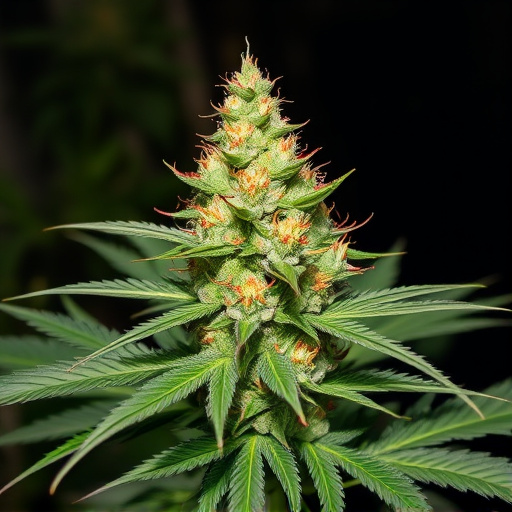
When observing cannabis flowers under a microscope or even with the naked eye, one of the most distinctive features is the presence of tiny, glandular hairs known as trichomes. These trichomes are not just surface decorations; they play a vital role in the plant’s defense mechanisms and the production of its unique compounds. Visualizing them can provide valuable insights into the characteristics of different cannabis varieties, especially when examining new cannabis strains.
To identify trichomes, look for small, translucent, sticky structures that may appear as tiny dots or hair-like protrusions on the surface of the plant’s buds and leaves. In some cannabis varieties, trichomes can be more prominent and abundant, giving the flowers a frosty or sugary appearance. Under a magnifying glass or high-powered microscope, you might notice their varied shapes—some may be long and slender, while others are more rounded or branched. This visual diversity is not just aesthetically pleasing but also indicates the potential potency and unique chemical profiles of new cannabis strains.
Cannabis trichomes, often overlooked, are key to unlocking the potential of new cannabis strains. Their intricate structures and diverse compounds hold immense value for breeders and enthusiasts alike. By understanding trichome importance, we can better appreciate the complexity of cannabis and continue to explore innovative varieties that cater to diverse preferences and therapeutic needs.
